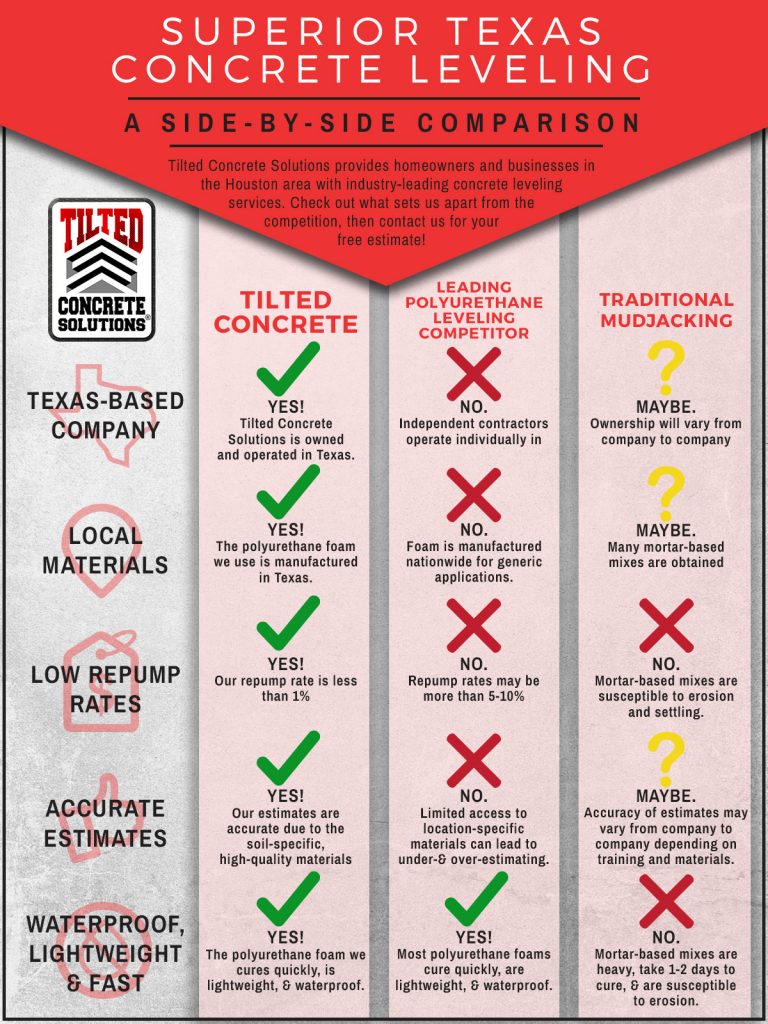The Impact Of Weather Conditions On Your Outside Paint Job
The Impact Of Weather Conditions On Your Outside Paint Job
Blog Article
interior painting company Developed By-Mosegaard Hussain
Understanding how weather can affect the outcome of an exterior painting venture is paramount for achieving a perfect surface. From temperature changes changing paint bond to humidity degrees impacting drying out times, each aspect of weather plays a substantial duty in the success of your job. Moreover, wind speed and precipitation can introduce unexpected challenges that might jeopardize the top quality of the final result. As we browse through the nuances of weather condition's influence on external paint, it becomes obvious that careful preparation and calculated timing are important for guaranteeing a specialist and long lasting end result.
Suitable Temperature Level Variety for Paint
When taking into consideration outside painting jobs, the excellent temperature level range plays a critical function in achieving optimum results. Paint in the right temperature problems ensures that the paint adheres effectively to the surface area, dries out evenly, and remedies properly. Generally, the recommended temperature variety for outside paint is between 50 to 85 degrees Fahrenheit.
Painting in temperatures listed below 50 levels Fahrenheit can cause issues such as poor paint adhesion, extended drying out times, and an enhanced chance of breaking or peeling off.
On https://gunnervbgkp.gynoblog.com/33072627/the-success-of-a-painting-job-is-mostly-determined-by-one-essential-aspect-that-is-often-neglected-and-it-can-make-a-remarkable-distinction , painting in temperature levels above 85 levels Fahrenheit can trigger the paint to dry as well quickly, resulting in blistering, gurgling, and an irregular coating.
To attain the most effective results, it is vital to check the weather prediction prior to beginning an exterior paint job. Preferably, goal to repaint during moderate weather conditions with moderate temperatures and reduced moisture levels.
Results of Humidity on Paint Drying
Moisture levels significantly influence the drying procedure of paint put on exterior surface areas. read page can lengthen the drying time of paint, resulting in prospective concerns such as trickling, streaking, or perhaps the development of bubbles on the painted surface area. Excess dampness in the air reduces the evaporation of water from the paint, preventing the curing procedure. This is especially troublesome for water-based paints, as they count on evaporation for drying.
On the other hand, low moisture degrees can also affect paint drying. Extremely completely dry problems may trigger the paint to completely dry as well swiftly, resulting in inadequate attachment and a rough surface. In such cases, including a paint conditioner or splashing a fine haze of water airborne can assist manage moisture levels and enhance the paint end result.
To ensure visit the following post drying out problems, it is advisable to repaint when the humidity degrees vary in between 40% and 50%.
Surveillance moisture degrees and taking ideal actions can help attain a smooth and sturdy paint finish on exterior surfaces.
Wind and Precipitation Factors To Consider
Wind rate and rainfall are vital factors that significantly impact the success of an external painting project.
When it comes to wind, both rate and direction are crucial considerations. High wind speeds can trigger paint to completely dry also rapidly, causing a below average finish with prospective problems like splitting or irregular appearance. Additionally, wind can lug debris that might comply with the damp paint, bring about imperfections. As a result, painters need to intend to deal with days with light to modest winds for optimum paint problems.
On the other hand, rainfall, whether rainfall or snow, can be exceptionally harmful to the end result of an outside painting job. Moisture from precipitation can impede paint attachment, triggering peeling and bubbling over time. It is crucial to stay clear of painting during wet or snowy weather to guarantee the long life and quality of the paint work. Painters must likewise allow enough time for the surface to completely dry extensively after any type of rainfall before beginning or resuming the painting process.
Final thought
In conclusion, weather conditions play a substantial function in the outcome of an outside paint task. The optimal temperature level variety, humidity levels, wind rate, and rainfall all contribute to the success or failing of the paint job.
It is essential to think about these factors and plan accordingly to make sure correct paint attachment, drying out times, and total top quality of the completed item.
